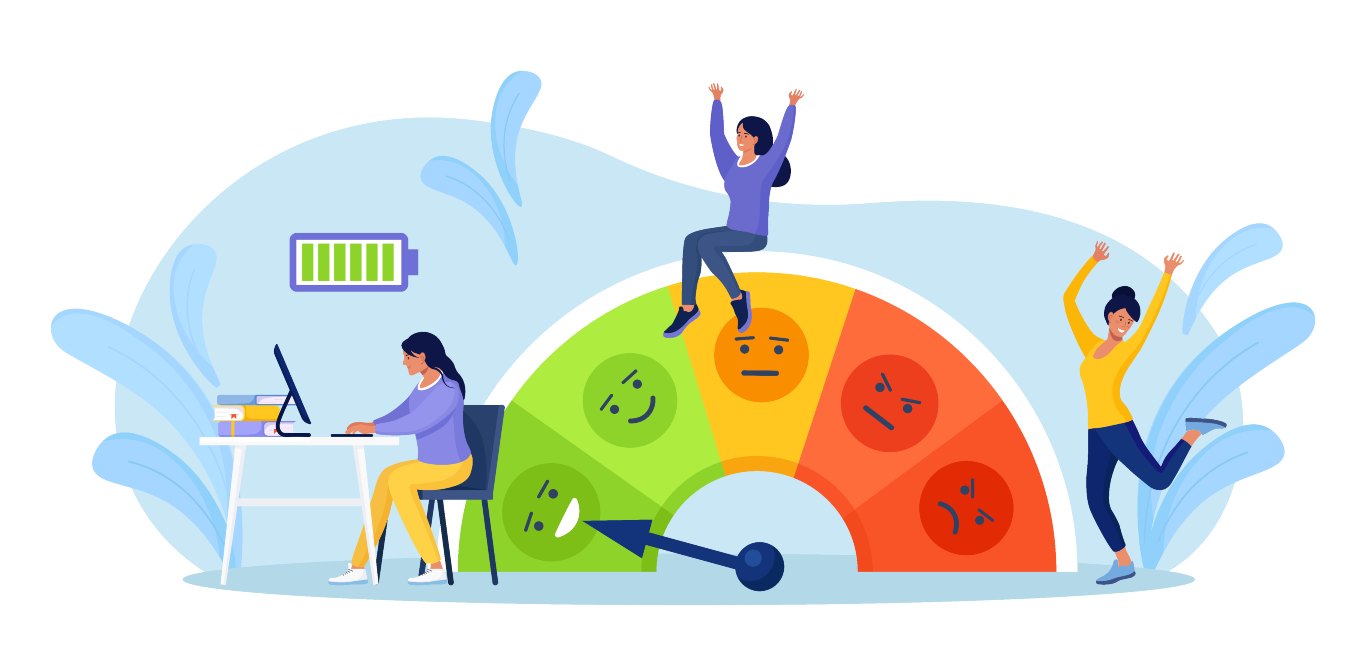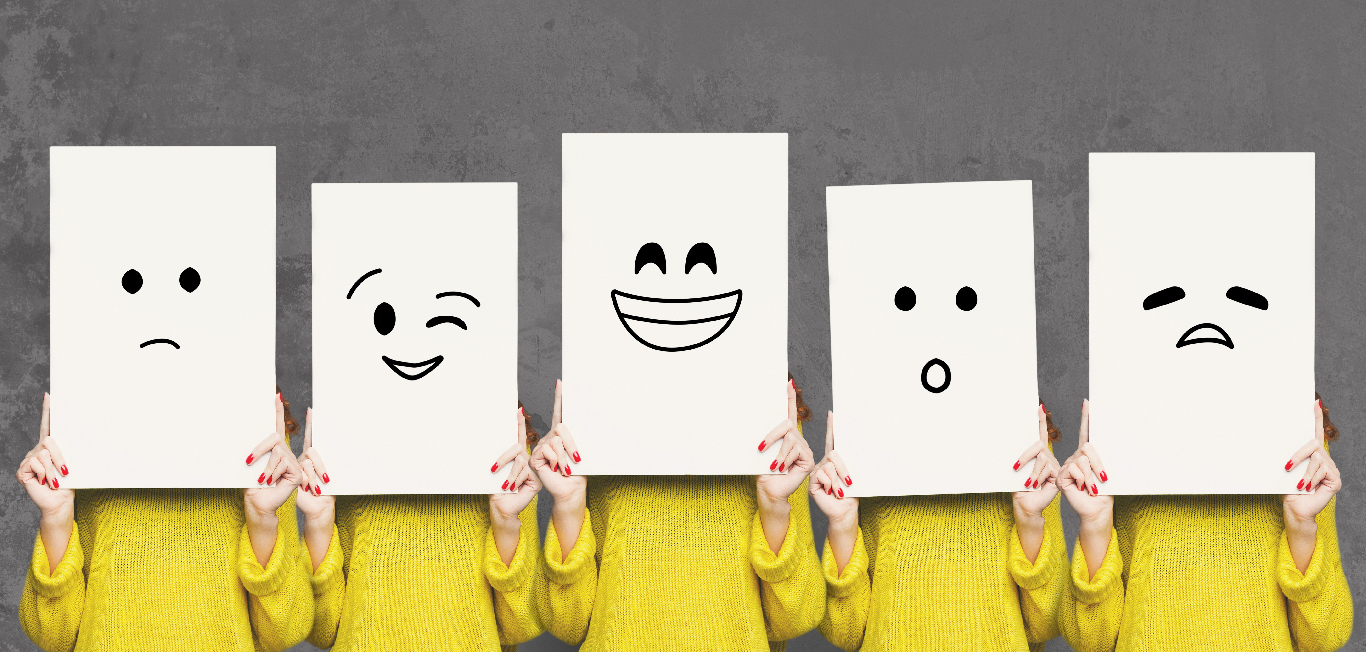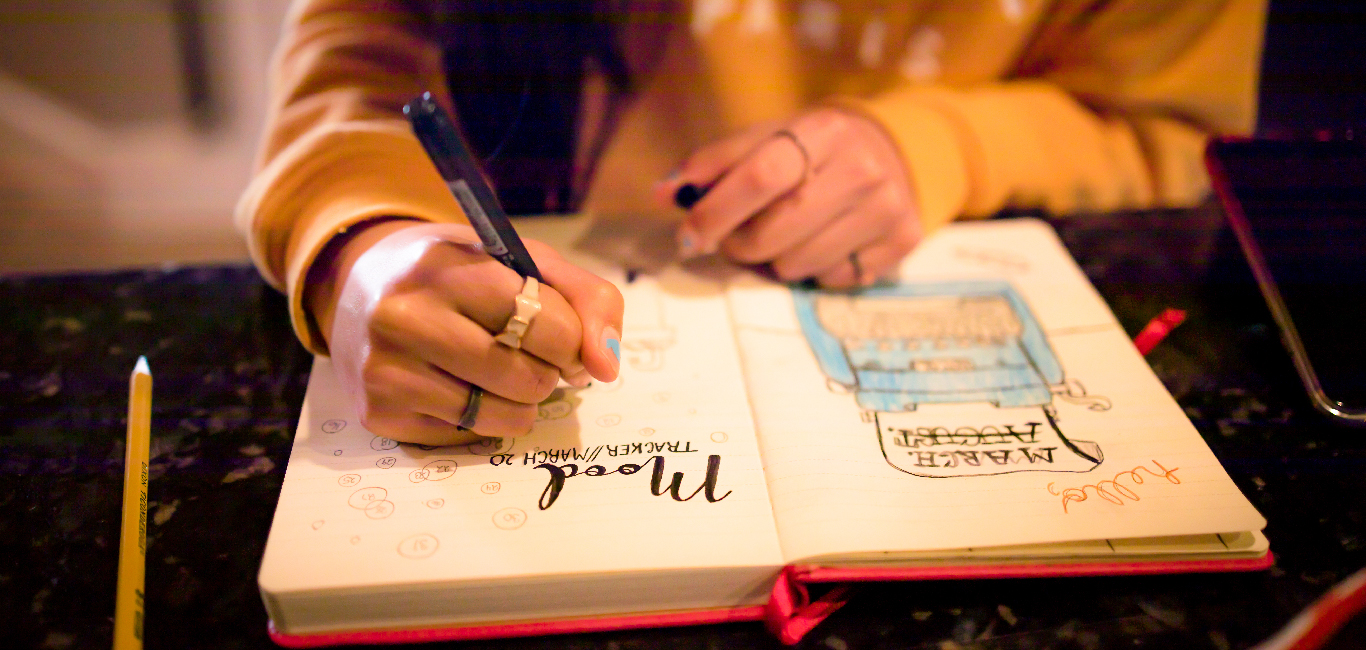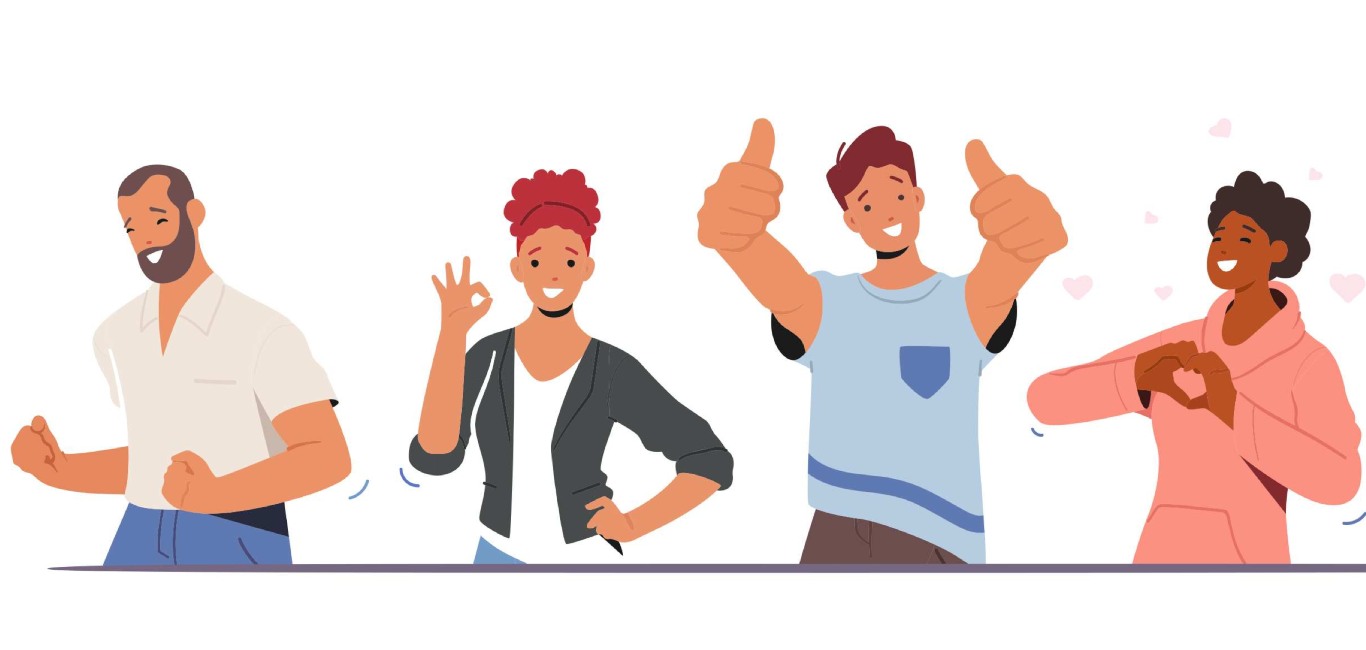
Positive psychology is often misconstrued as merely promoting ‘toxic positivity’, but it is much more. It delves into how positive emotions like joy, contentment, love, curiosity and so on shape our brain and well-being, ultimately resulting in a more fulfilling and meaningful life.
It is not just a simple “be happy” approach, but rather explores how positive emotions enhance our personal resources, broaden our perspective, and trigger diverse thoughts and feelings. This concept requires considering both positive and negative emotions to be fully comprehended.
Negative emotions
For Tanisha Singh, 24-year-old graphic designer, currently studying in Edinburgh, Scotland, leaving home, and shifting abroad was a lot harder than she had anticipated. For months she grappled with feelings of loneliness, longed for the safety and comfort of her friends and family, and gradually found herself reluctant to engage in different activities that she previously enjoyed.
Research shows that the experience of negative emotions induces a tendency to withdraw. While these emotions are not negative in themselves, they are difficult and uncomfortable as opposed to pleasurable and desirable.
So, when we are dealing with certain emotions such as shame, guilt, anger, fear, disappointment, we are less open to new experiences, less present in our social relationships, less likely to come up with new ideas and overall experience a need to avoid or withdraw.
Luckily for Singh, this feeling changed after she went on a country trotting trip with a few of her friends from India. The feeling of loneliness felt at Edinburgh changed to interest, joy, curiosity, gratitude, awe and serenity, which she experienced while travelling. And when she returned, to her surprise she found that she felt a lot more open to different experiences than before. “Since I’ve come back, I’ve been excited to try new things. I’m taking a new course, I want to explore the city. I had a lot of ideas related to work that I’m now motivated to pursue. I even feel somehow closer to the friends I made here.”
Vritika Mathur, 24, currently based in London, United Kingdom had a similar experience when she got the chance to meet her family after a long time. “I tried so many new things when I was spending time with them. I learned a new skill, got a new haircut which I wanted for years, pampered myself at the salon for the first time.”
Evolutionary connection between negative emotions and withdrawal
Mumbai-based psychologist Aasawari Gharat offers an evolutionary perspective. “Evolutionarily, negative emotions are associated with vulnerability. Our ancestors couldn’t have protected themselves from threats in the wild if they were consumed with feelings of frustration, disappointment, stress or hurt. In that case, it would make sense to mobilise all resources to hide away and protect themselves.” While we are no longer faced with the same survival threats that our ancestors did, the tendency to withdraw from the world while going through something remains, she notes.
Science behind positive emotions and openness to new experiences
If negative emotions induce a tendency to withdraw, the experience of positive emotions induces a tendency to approach. Research suggests that positive emotions prompt individuals to engage with their environment and take part in different activities. It makes us more willing and open to engaging with new people, objects, and situations.
Arushi Gupta, a Delhi-based counselling psychologist suggests “When we experience happiness, joy, curiosity and other positive emotions, our brains are flooded with ‘happy hormones’ like dopamine, serotonin and oxytocin.” These happy hormones build energy inside us, and one looks for channels to release that energy. “This makes us open to new experiences, as we seek out other outlets to release this energy in activities which will release more of these hormones.”
The Broaden and Build Theory of Emotions, proposed by Barbara L Fredrickson, a leading figure in positive psychology, suggests that positive emotions broaden our perspective and increase our personal resources, including physical, emotional, social, and psychological resources. These resources have a lasting impact and are not just temporary. The theory emphasises the enduring effect of positive emotions.
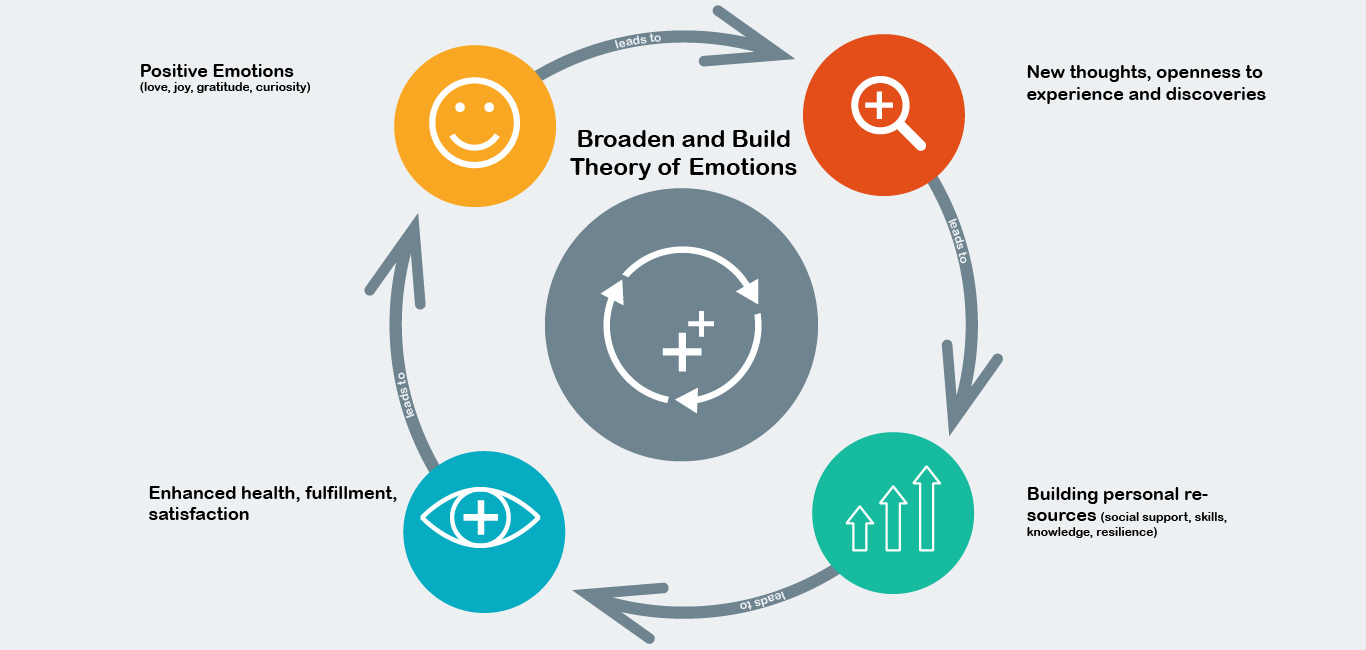
Gupta illustrates this with the help of an example. “If we’re in a good mood, we are likely to engage with loved ones and participate meaningfully in these relationships.” These positive interactions strengthen our social support system, which then provides comfort and aid during difficult times. “By actively engaging with our loved ones while we are happy, we create a resource that can sustain us through challenges.”
Gharat says that experiencing positive emotions also acts like an immunity for the mind. “Cultivating positive experiences is like weaving a parachute little by little. When we fall (or eventually go through a hard time), this parachute supports a smooth landing and helps us better cope with difficulties.”
A look at what we think and feel when we experience certain positive emotions
- Joy – experiencing joy creates an urge to play, be creative, and push our limits.
- Interest – creates an urge to explore, take in different and new experiences and information; it creates the urge to expand ourselves.
- Contentment – it creates an urge to savour and take in different life circumstances.
- Love – which can be best described as an amalgamation of different positive emotions (joy, interest, contentment, awe) creates recurring cycles of urges to play, explore and savour experiences with loved ones.
Final words
Positive psychology helps us understand what we are feeling and how that affects us. If experiencing certain negative emotions makes us withdraw, then experiencing certain positive emotions makes us more open to new experiences.


